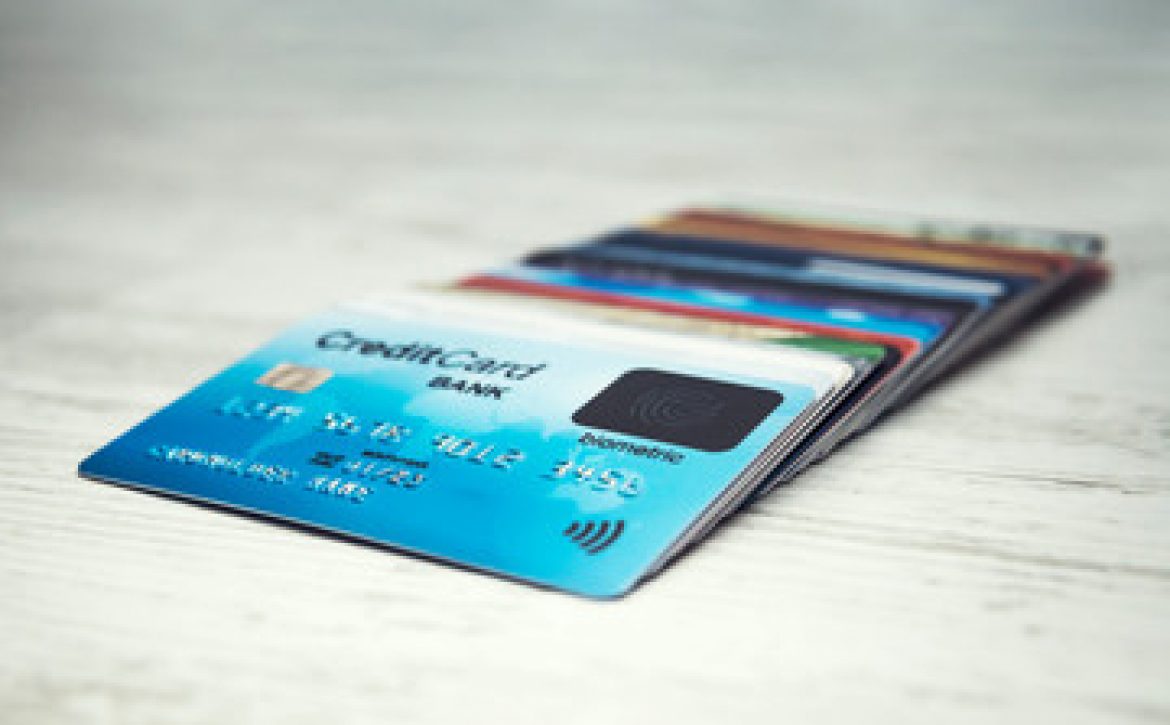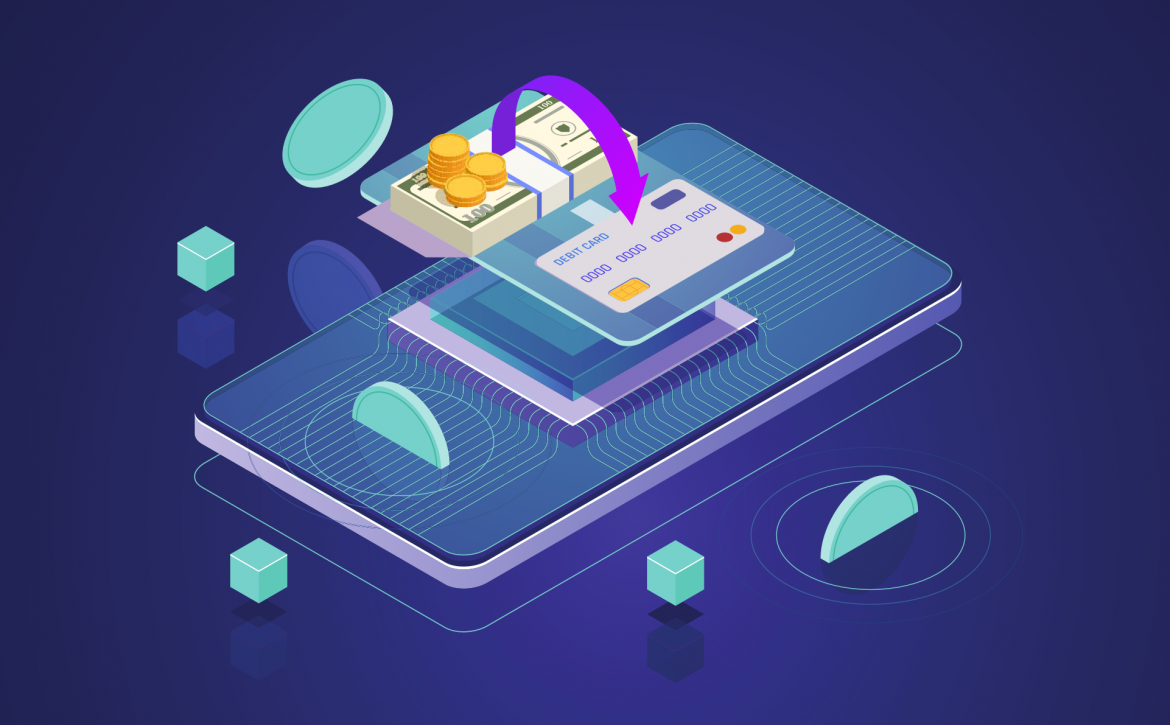What’s the Next Step in the Payment Industry for addressing Security Concerns?
Card industry has seen steady growth in the last two decades from EMV chip card (use a smart microchip to store data instead of mag stripe) payments to contactless payments, but security remains a big challenge for the industry. These concerns have led to innovations towards more reliable and secure technologies such as biometric card payment. Such technologies have received significant boosters during the contagious Global pandemic of COVID-19. People started preferring contactless payment methods for payments using Mobile wallets or tap and pay cards to avoid any kind contact as precautionary measures. The main concern with the current contactless payment system is the upper cap on the transaction amount. To boost the contactless payment, RBI has increased the limit from Rs 2000 to Rs 5000 during the pandemic period. However, higher transaction limits for tap and pay cards posed bigger security concerns since no second factor is being used for payment authorisation. Biometric cards do provide a ray of hope by addressing some of the challenges faced by the card industry.
Biometric Cards: Innovation for Secure Payments
What are Biometric Cards?
Biometric cards are a unique combination which uses the payment mechanism of a regular Card, authentication mechanism of biometric based payment while maintaining the safety mechanism of contactless payment. Biometric contactless cards offer more security and seamless user experience than all the other payment modes by combining their best features and avoiding their shortcomings. Each Biometric Card has a built-in fingerprint reader hence customers do not need to remember their PIN or touch any POS terminal, as all transactions are performed by touching the fingerprint reader on the card itself. Biometric payment cards ensure the same existing EMV standards and use typical safety measures like end-to-end encryption along with tokenization with additional layer of security, by adding finger size biometric reader on the card for biometric authentication. In the case of cards Lost or Stolen, chances of replicating fingerprints or stealing data from Card for fraudulent activities is implausible. Also, personal data of cardholders is stored only on the card and is neither held on the bank server nor sent to any external database. We tech savvy people always want more personalised and high technology cards and these biometric cards are the exact solution for our requirements.
How do Biometric cards work?
- Once the biometric card is received, the cardholder can securely install the fingerprints data in the card by inserting the biometric card in the sleeve and following the simple procedure provided.
- Cardholders can also configure the fingerprints by visiting their nearest bank branch.
- Card activation is completed at the time of the first transaction at the POS terminal.
- At the time of making the payment, customers can place the card on the POS terminal.
- The POS terminal reads the card details and requests for authentication.
- Customers can authenticate the transaction by placing their finger on a biometric reader on the card thus avoiding any direct contact with the POS terminal.
Benefits to Stakeholders
- Highly Safe, Secure and easy to use.
- Easy and quick registration of fingerprint data on card at home or by visiting bank branch
- Instant and seamless payments authorisation.
- No need to remember the card PIN.
- Technical compatibility with the existing contactless or chip payments terminals
- No additional cost for merchants to accept payments through biometric payment.
- Self-charging – biometric sensor is powered using a terminal.
- No queue on the checkout counter because payment processing is faster with biometric cards.
The only challenge with the biometric card is that only the cardholder can use the card because transactions get completed only after the successful fingerprint authentication and biometric technology can only capture one unique identity that can never be changed.
Way Forward
Biometric cards can bridge the gap between innovation and security concerns of the current payment system. It will gain trust of banks and service providers by providing complete customer assurance and convenience to use with no additional efforts on their part than simply putting a thumb on the card. All these benefits put together make biometric cards setting the new industry standards from a security and convenience point of view in the payment industry. According to the ABI research around 2.5 Million biometric contactless cards are expected to be issued in 2021 and growth of biometric cards is expected to soar globally in the next few years.
In a country like ours which is predominantly rural and agricultural based, where the illiteracy rate is very high and remembering PIN/ Password for cards is very challenging. The benefits of Biometric cards will be a real boon for us. Biometric payment cards provide all-in-one high-end technology, convenience, usability of smartphones and security assurance with reduced effort on the customer’s part. Now is the perfect time for Indian banks to start offering biometric cards to its users and make India a cashless and digital economy.





